The World Of Free-to-Play Online Games: A Comprehensive Exploration
The World of Free-to-Play Online Games: A Comprehensive Exploration
Related Articles: The World of Free-to-Play Online Games: A Comprehensive Exploration
Introduction
In this auspicious occasion, we are delighted to delve into the intriguing topic related to The World of Free-to-Play Online Games: A Comprehensive Exploration. Let’s weave interesting information and offer fresh perspectives to the readers.
Table of Content
The World of Free-to-Play Online Games: A Comprehensive Exploration
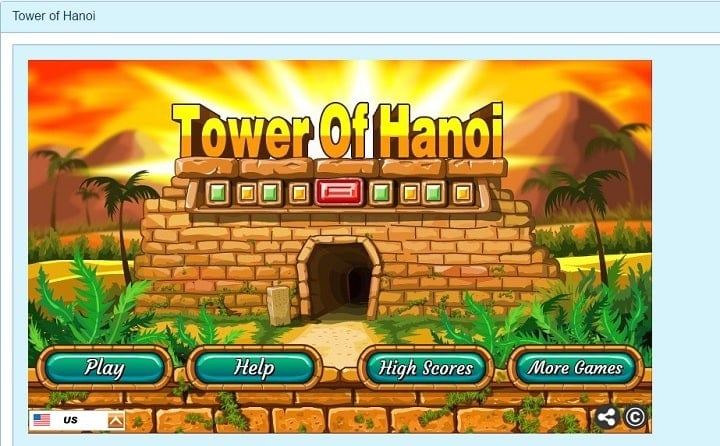
The realm of online gaming has evolved dramatically, with free-to-play (F2P) models becoming increasingly dominant. This shift has ushered in a new era of accessibility, allowing players of all backgrounds and budgets to immerse themselves in virtual worlds and engaging gameplay experiences. This article delves into the multifaceted world of free-to-play online games, examining their structure, benefits, and the diverse landscape they encompass.
Understanding the Free-to-Play Model
Free-to-play games, as the name suggests, are accessible to all without an upfront cost. However, they employ various monetization strategies to generate revenue. These strategies often involve:
- Microtransactions: Players can purchase in-game items, currency, or advantages, often using real-world money. These purchases can range from cosmetic enhancements to powerful equipment or expedited progression.
- Subscription Models: Some F2P games offer optional subscription services that grant exclusive benefits, such as access to premium content, increased storage space, or special features.
- Advertising: Free-to-play games may display advertisements, either within the game itself or on loading screens, to generate revenue.
The key to a successful F2P model lies in striking a balance. Games must offer compelling gameplay and a sense of progression without overwhelming players with aggressive monetization tactics. This delicate equilibrium ensures player engagement and fosters a sustainable business model.
Benefits of Free-to-Play Games
The rise of free-to-play games has brought about numerous advantages for players and the gaming industry alike:
- Accessibility: The primary benefit of F2P games is their accessibility. Players can explore new genres, experiment with different titles, and discover hidden gems without financial commitment. This democratizes gaming, allowing individuals with limited budgets to participate in a world previously restricted by expensive software.
- Low Barriers to Entry: F2P games remove the financial barrier to entry, allowing players to experience a game before deciding whether to invest further. This eliminates the risk of purchasing a game only to find it does not meet their expectations.
- Community Building: F2P games often foster vibrant communities. The accessibility and widespread appeal of these games attract diverse players, leading to a rich tapestry of interactions, collaborations, and shared experiences.
- Constant Evolution: The free-to-play model encourages developers to continually update and expand their games, adding new content, features, and events to keep players engaged. This constant evolution ensures a dynamic and evolving gaming experience.
- Innovation and Experimentation: F2P games offer a platform for developers to experiment with new gameplay mechanics, business models, and monetization strategies. This fosters innovation and pushes the boundaries of the gaming industry.
The Diverse Landscape of Free-to-Play Games
The world of free-to-play games is incredibly diverse, encompassing a wide range of genres and gameplay experiences. Some of the most popular categories include:
- MMORPGs (Massively Multiplayer Online Role-Playing Games): These games offer vast virtual worlds where players create characters, embark on quests, explore expansive landscapes, and engage in social interactions. Examples include "World of Warcraft," "Final Fantasy XIV," and "Black Desert Online."
- MOBA (Multiplayer Online Battle Arena): These competitive games involve two teams battling for control of a map, often utilizing strategic team compositions and individual skill. Popular examples include "League of Legends," "Dota 2," and "Heroes of the Storm."
- Battle Royale: These games feature large-scale multiplayer combat where players fight for survival until only one remains. Examples include "Fortnite," "PUBG," and "Apex Legends."
- Card Games: These games involve collecting and using cards to battle opponents, employing strategic deckbuilding and tactical gameplay. Popular examples include "Hearthstone," "Magic: The Gathering Arena," and "Gwent."
- Mobile Games: The free-to-play model has flourished in the mobile gaming space, offering casual and immersive experiences on smartphones and tablets. Examples include "Clash of Clans," "Candy Crush Saga," and "Pokémon GO."
FAQs about Free-to-Play Games
Q: Are free-to-play games truly free?
A: While free-to-play games do not require an upfront payment, they often employ monetization strategies like microtransactions, subscriptions, or advertising to generate revenue.
Q: Do I need to spend money to enjoy free-to-play games?
A: No, many free-to-play games can be enjoyed without spending any money. However, players may find themselves at a disadvantage compared to those who make in-game purchases.
Q: Are free-to-play games pay-to-win?
A: The term "pay-to-win" is a contentious topic within the F2P community. While some games may offer advantages through in-game purchases, many prioritize skill and strategy over financial investment. It’s crucial to research a game’s monetization model before committing to ensure it aligns with your preferences.
Q: How can I avoid spending money in free-to-play games?
A: There are several strategies to mitigate spending in F2P games:
- Focus on Free Content: Prioritize the core gameplay and free content offered by the game.
- Manage Expectations: Understand that some aspects of the game may be restricted without spending.
- Set Spending Limits: Establish a budget for in-game purchases and stick to it.
Tips for Playing Free-to-Play Games
- Research and Choose Carefully: Before diving into a free-to-play game, research its monetization strategies, gameplay mechanics, and community.
- Play for Fun: Remember that the primary purpose of gaming is enjoyment. Don’t feel pressured to spend money to progress.
- Take Breaks: Free-to-play games can be addictive. Take regular breaks to avoid burnout and maintain a healthy gaming balance.
- Engage with the Community: Join online forums, Discord servers, or other community platforms to connect with fellow players, share tips, and learn from experienced individuals.
Conclusion
Free-to-play games have revolutionized the gaming landscape, offering a wealth of accessible and engaging experiences. While monetization strategies can vary, the core value of F2P games lies in their accessibility, community building, and constant evolution. By understanding the model, engaging with the community, and prioritizing enjoyment over financial pressure, players can navigate the world of free-to-play games and discover a vast array of virtual adventures. The future of gaming is likely to be shaped by the continued evolution of the free-to-play model, offering even more diverse and engaging experiences for players of all backgrounds and budgets.
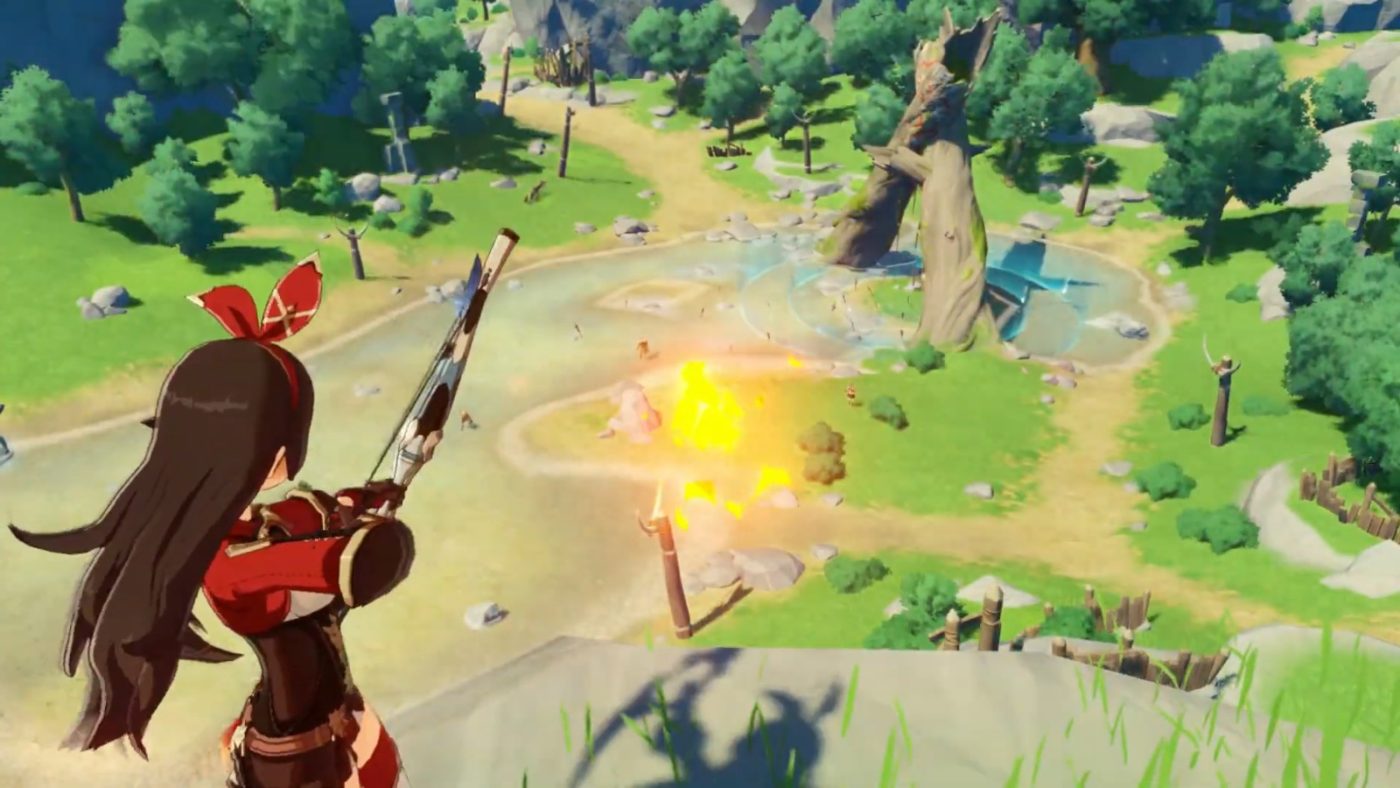

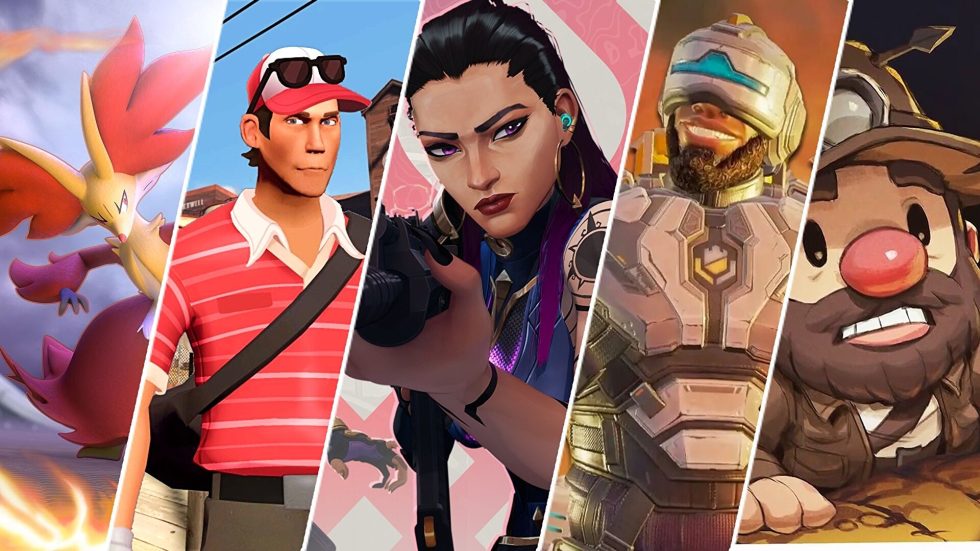


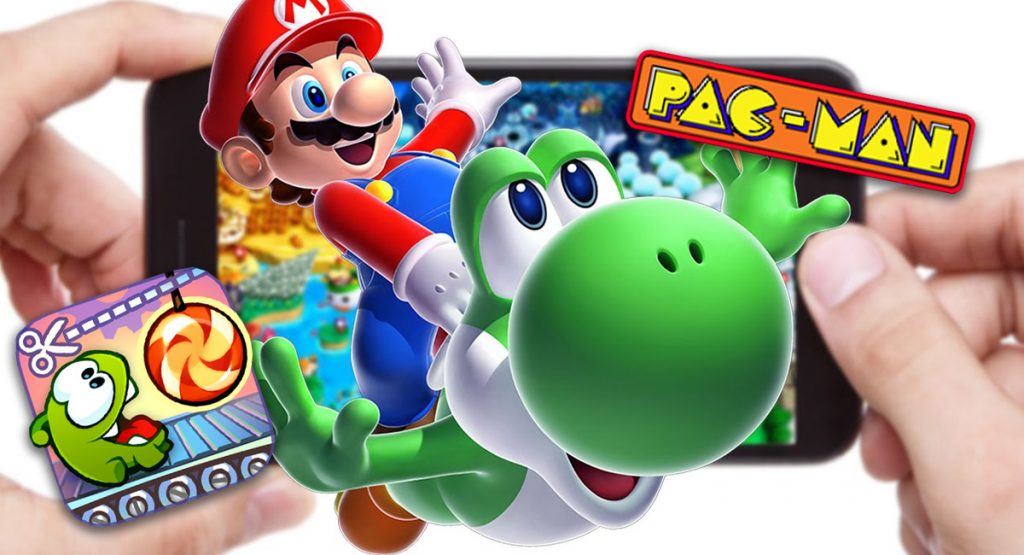
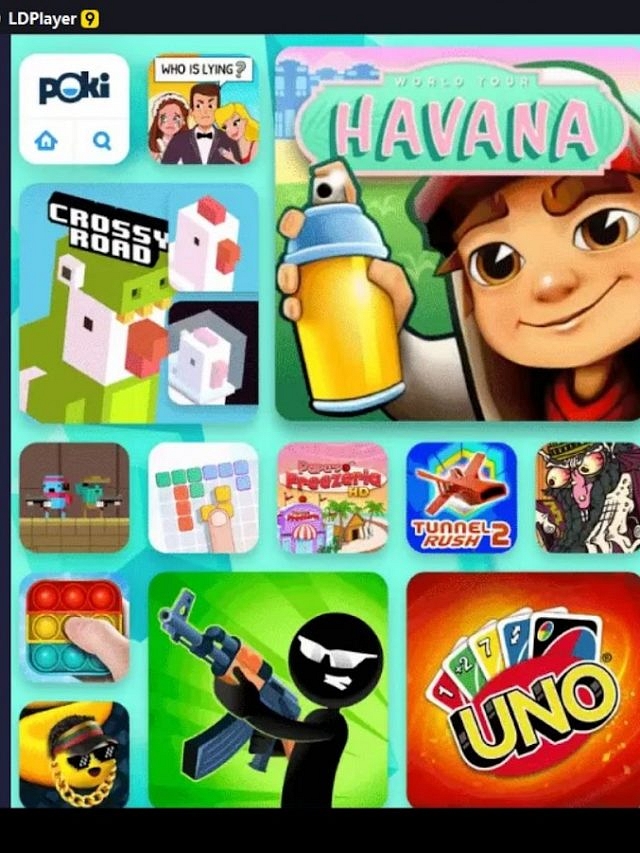

Closure
Thus, we hope this article has provided valuable insights into The World of Free-to-Play Online Games: A Comprehensive Exploration. We thank you for taking the time to read this article. See you in our next article!